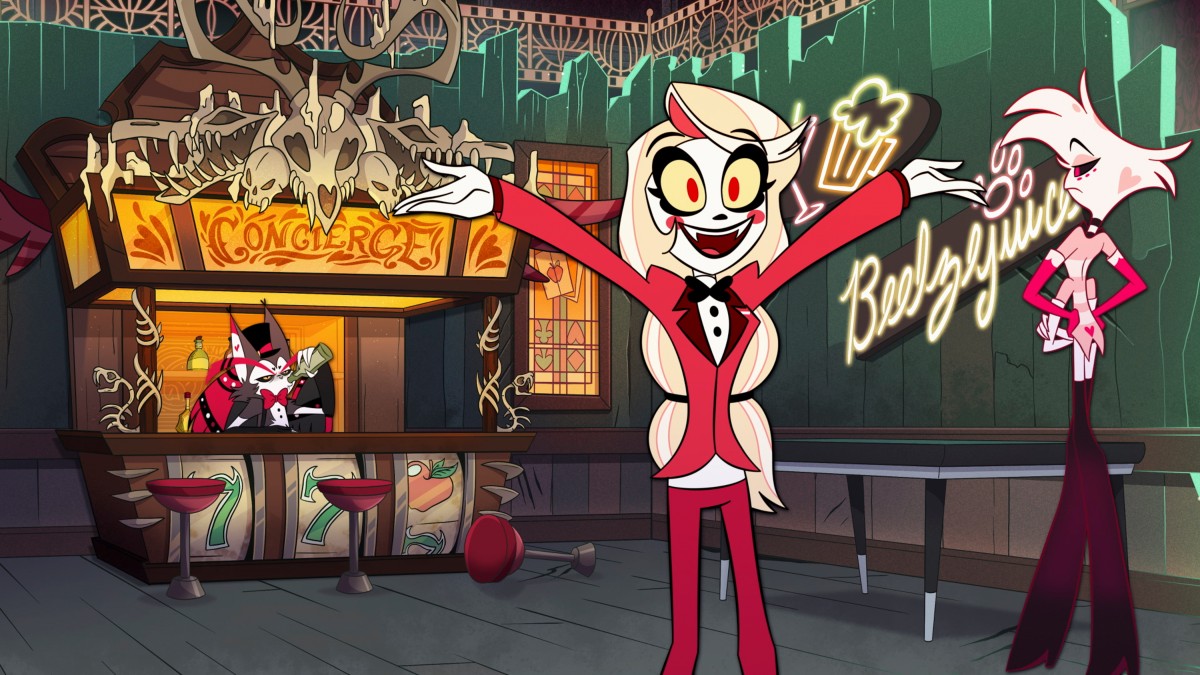The Best Release Like Smile Again on Amazon Prime Video

Hazbin Hotel
Messy writing keeps this solid cast from shepherding Hotel to strong Yelp scores. Hazbin Hotel is not for me. That is not a bad thing. If every piece of media appealed to everyone, the homogeneity would be stifling. I can see the appeal of a big, bombastic, gleefully violent, heart-on-its-sleeve musical cartoon for grown-ups (heck, I've enjoyed my fair share of them)—I just don't click with the show's ice-pop made-of-blood aesthetic, and I'm not a huge show-tune guy. Acknowledging the disconnect between the show's vibe and my personal tastes, as a critic, I have two primary takeaways from Hazbin Hotel's first four episodes: In terms of animation and voicework, Hazbin Hotel is solid—and Keith David's turn as the burnt-out bartending demon Husk is a standout among a game cast. In terms of writing, Hazbin Hotel is a mess, awkwardly careening between silly and dramatic without precision—most noticeably when it delves into the horrific life of one of its lead players. Hazbin Hotel's aesthetic is built on contrasts—primarily between series heroine Charlie Morningstar (Erika Henningsen)'s deliberate good cheer, bright smiles, and crayon drawings and the continual viciousness of Hell and most of its denizens. Visually, the cast (both the show's core ensemble and the wider community of Hell) is expressive and distinct. Hell's assorted players and agents are united across factions by the frequent use of red and black either alone or in concert in costume design. Each faction, in turn, has its own visual signifiers—the staff and residents of the Hotel tend towards a hybrid of casual and professional wear, while a powerful gangster clique goes all in on decadence. Heaven's murderous, brotastic angels, meanwhile, opt for a more uniform style. Continue Reading →

